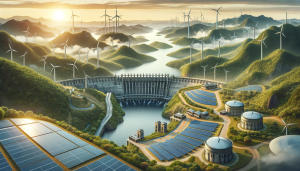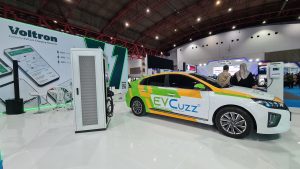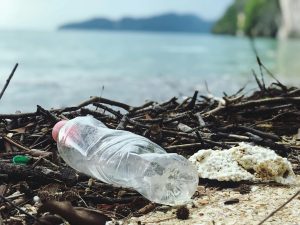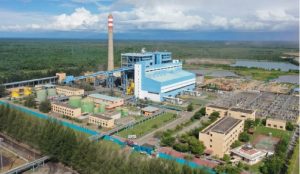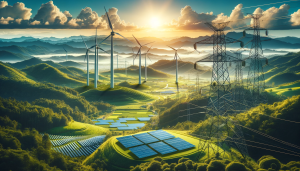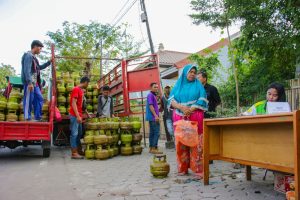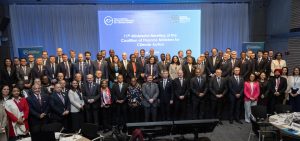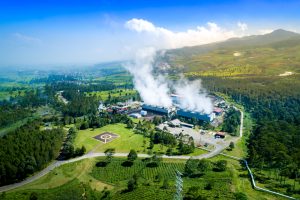Nusa Dua, Bali – An International Energy Agency (IEA) study on the Indonesian Government’s energy transition to achieve net zero emissions (NZE) by 2060, shows that Indonesia needs almost three times its energy investment in 2030 from current levels.
IEA Executive Director Fatih Birol at the Energy Transitions Ministerial Meeting (ETMM) in Bali, Friday (2/9) revealed that Indonesia needs to ensure policy reforms to pave the way for the transition to renewable energy and reduce dependence on coal. This is important in the development of the NZE roadmap that will help guide Indonesia’s energy transition over the coming years and decades.
“Indonesia has the opportunity to show the world that for a country that relies heavily on exports of fossil fuels, the road to net zero emissions is not only feasible but also beneficial,” said Fatih.
In a recent report entitled The IEA’s Energy Sector Roadmap to Net Zero Emissions in Indonesia, the IEA said there was an additional investment of US$ 8 billion per year. According to him, the mobilisation of additional financing also depends on international financial support through the Just Energy Transition Partnership (JETP) funding program.
“I ask Indonesia’s international partners to mobilise clean energy financing through JETP and ensure technology transfer. The results will bring great benefits to Indonesia and the world,” said Fatih.
One of the potential sources of renewable energy that is of concern to the IEA is solar power. This international institution asks for more implementation, has competitive (price) and promising projects.
Meanwhile, Director of New, Renewable Energy and Energy Conservation (EBTKE), Dadan Kusdiana, emphasised that the NZE roadmap as a result of the Indonesia-IEA collaboration will be used as input to refine Indonesia’s NZE roadmap at COP26 in Glasgow.
“We want to ensure that our roadmap can run well, it can be implemented from the principle of competitiveness. We believe that this transition process will not reduce Indonesia’s competitiveness,” he said.
Based on the results of the Indonesia-IEA modelling, both parties have succeeded in identifying several mitigation actions, including the development of massive renewable energy with a focus on solar, hydro and geothermal, the phase down of Steam Power Plants (PLTU), the use of technology low emissions such as the development of super grids to improve connectivity, Carbon, Capture, Utilisation, and Storage (CCS/CCUS), conversion of electric vehicles and the application of energy efficiency equipment for the industrial, transportation and building sectors as well as the use of new energy such as nuclear, hydrogen, and ammonia.
In addition, the Government of Indonesia emphasises that additional power generation after 2030 will only come from new and renewable energy (NRE). Starting in 2035, Variable Renewable Energy (VRE) will dominate, while nuclear power plants will enter the system in 2049. (Hartatik)
Banner photo: IEA Executive Director Fatih Birol speaking at the Energy Transitions Ministerial Meeting (ETMM) in Bali, Friday (2/9).


